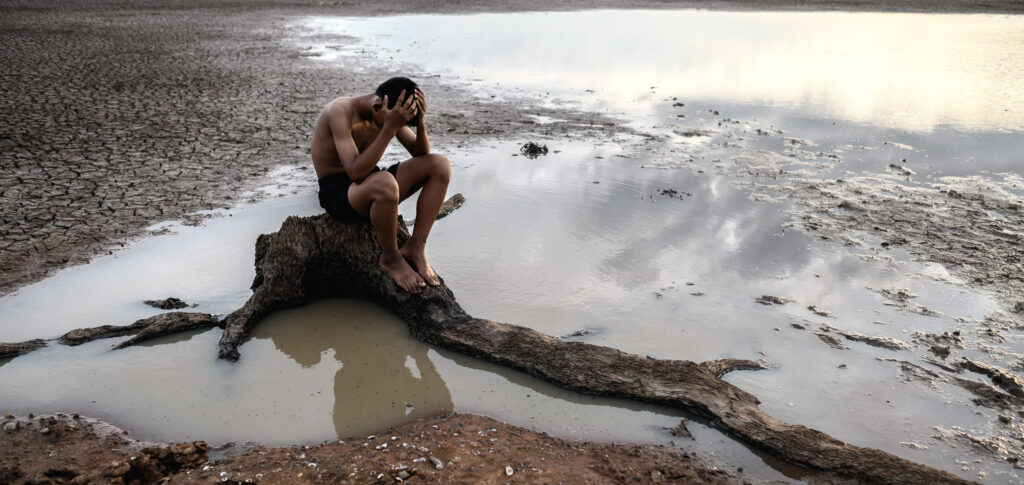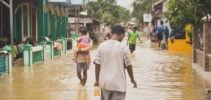“There is a common sense, and even a myth created around the environmental issue, that it affects us all equally”, says Marcos Bernardino de Carvalho, professor of Environmental Management at the School of Arts, Sciences and Humanities at USP, when explaining the origin of the term.
ADVERTISING
According to Carvalho, the history of the term is intrinsically linked to the American civil rights movement, which occurred between the 50s and 60s. The creation of the term was attributed to the African-American activist Benjamin Franklin Chavis Jr, who served as secretary of Martin Luther King Jr., one of the leaders of the civil rights movement. “He stood out for reporting on the issue that the most vulnerable population, specifically the black population, was the population most victimized by environmental degradation, that this degradation had them, so to speak, as a preferential target.”, explains Carvalho.
Currently, the lack of investment in regions without basic sanitation, the dumping of waste that is harmful to health in regions of social vulnerability, land grabbing and the exploitation of land belonging to local people are examples of the manifestation of environmental racism.
environmental racism
Despite being a term that denounces a violation of rights, its definition and application are still not fully accepted due to the social and historical implications it brings with it. The professor illustrates that, in countries like Brazil, it is not a coincidence that black populations, for example, are those most affected by environmental damage. Due to its colonial past, with social structures based on the enslavement of black people, they became invisible, the manumission process was carried out without any type of repair for the damage caused by slavery or integration of the freed people.
ADVERTISING
“It is no coincidence that these pockets of vulnerable people, who end up being victims of this process of degradation, end up being not only vulnerable and impoverished people, but black people”, says the professor. The growth of peripheral communities or those living in risky and unhealthy areas has made this type of discrimination more evident in recent times.
O environmental racism, despite being caused by social injustices, also plays an active role in its creation and growth. According to Carvalho, the lack of public policies that prevent this form of discrimination contributes to the maintenance of this scenario of exclusion.“ It highlights the unequal situation in which we find ourselves, both economically and politically, […] it ends up consolidating a situation and it is not just evidence of inequality”, explains the professor, when telling how the lack of access to basic public services, such as sanitation services, deepens the social gap. “The more waste, the more mistreated the environment and the more you dump waste in these places, the more you consolidate this situation of absurd inequality and discrimination”, concludes Carvalho.
(Source: Jornal da USP)
Read also





